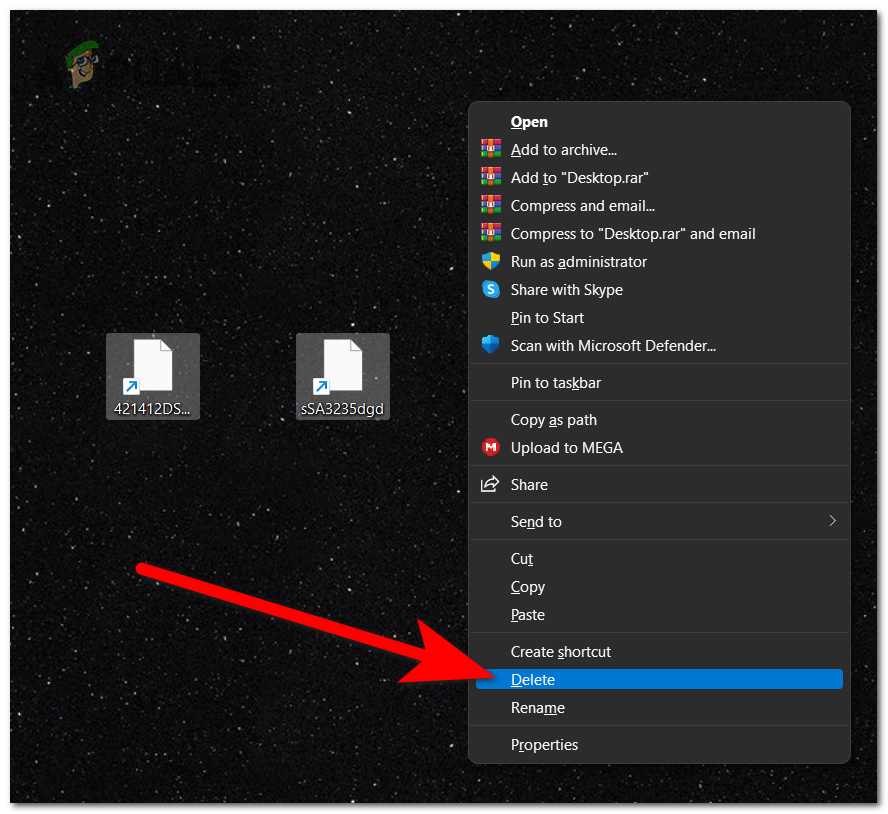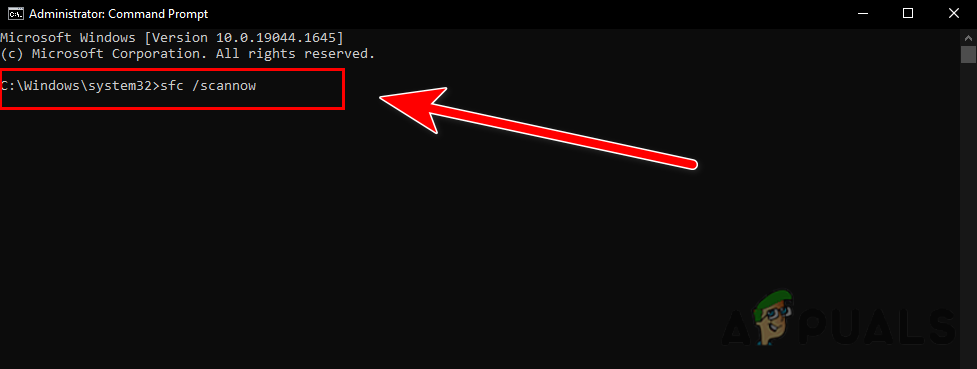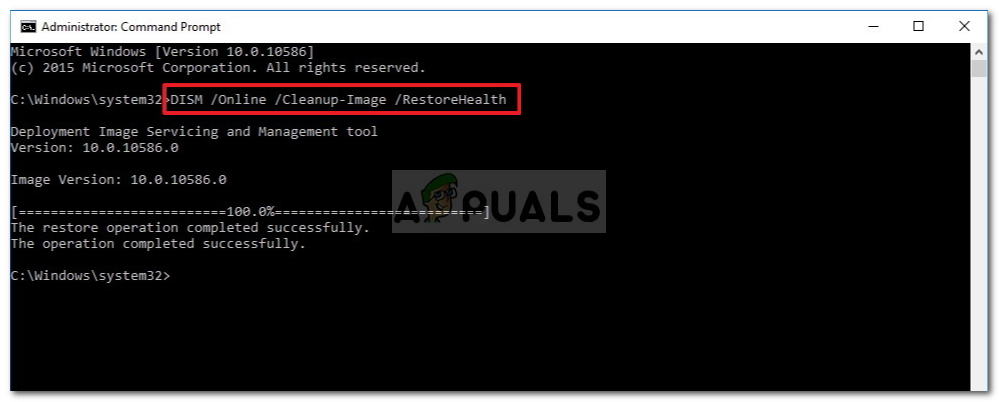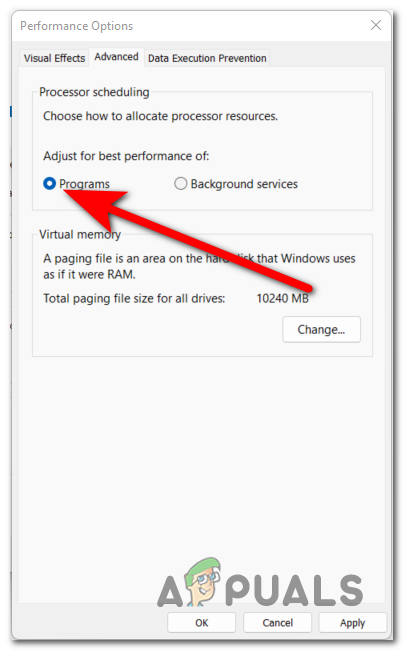Even in situations where the Windows Explorer app is closed, the processes running in the background still consume a lot of CPU usage, lowering the performance of the PC. This error has been typically encountered on Windows 10, as well as Windows 11. After many people have complained about this error and how it affects their computers, we have decided to take a deeper look into this problem to see what causes it. Here is a shortlist that contains all the possible reasons that could cause this Windows error: Now that you are aware of all the possible causes for your Windows File Explorer high CPU power usage error, here is a list of all the possible methods that users have used in order to fix this issue:
1. Look on the desktop for shortcuts without icons
The first thing people are recommending you to do is to look on your desktop for files or shortcuts that don’t have an icon. Even if this looks like a common and ordinary method, it has turned out to be helpful for many users that were going through this issue. While they were looking for a method that can fix this issue, they discovered that on their desktop there are one or more shortcuts that do not have an icon. After moving them out of the desktop, they were happy to see that the results were good and the Windows File Explorer high power usage error issue was fixed. So to do this method, all you have to do is to go to your desktop and look for shortcuts or files that do not have an icon. After you have located every one of them, select them and in case you still need those files, move them somewhere else. In case you don’t need them anymore, select the files and right-click on the screen, then click on Delete. Note: You need to make sure that you get rid of every file that looks like the ones in the picture. After you are certain you don’t have any shortcuts without icons on your screen, you should open the Task Manager to verify if the problem was fixed. If the Windows File Explorer high CPU power usage error is still occurring, go to the second method below.
2. Disable the Quick Access feature
The second thing that people suggest you do is to disable the Quick Access feature from the Windows File Explorer. This is another method that was confirmed by a lot to be helpful in fixing this error, and also it is very easy to do it. All you have to do is to go to the Windows Settings and disable the Quick Access feature. You can do this from the Personalization section by turning off the toggle associated with this option. In case you don’t know how to do this, here are the steps you need to follow: In case you have tried this and the Windows File Explorer high CPU power usage issue is still present, go to the next method below.
3. Check for Windows Updates
Another thing that is worth trying is to check if there are pending Windows Updates that are waiting to be installed, or if the scan detects newer updates available. In case you are missing some updates, your PC could be affected in different ways, including this error. All you need to do is access Windows Update, check to see if any updates are available, then install them if they are. The Windows Update is located in your computer’s settings. Here’s a guide that will show you what you have to do: In case the usage of the CPU power is still high, go to the next possible method below.
4. Clear corrupted files using Command Prompt
It turns out that a system file corruption may also be the cause of this specific issue. Many different Windows customers have regularly reported this, indicating that the corrupted files on your machine may be to blame for the excessive GPU power utilization problem. If this situation applies, you should be able to resolve the issue by executing a few built-in utilities made to handle situations where system file corruption results in the breakdown of critical components. Deployment Image Servicing and Management (DISM) as well as SFC (System File Checker). While DISM is stronger at correcting dependencies that could harm backup and updating operations, SFC is better at fixing logical flaws. So that you can increase your chances of fixing the Windows File Explorer high CPU power usage error, we advise you to run both utilities. Here is a simple tutorial on how to launch the SFC and DISM scans from an elevated Command Prompt: In case the error still appears after doing this as well, check the following method.
5. Reset the File Explorer process & enable Paging File
The affected players that have gone through this issue are also suggesting that you should try to restart the Windows File Explorer process and make sure that the paging file is enabled. This process is very easy to follow and you might not have to do anything because the settings might be ok, but it is worth checking in case the options are different. All you have to do is to go to the System Properties and check if some options are activated and set how they should be. If not, make sure to change them as you will see in the guide. Here’s the guide that you need in order to see how to do this: In case you’ve tried every method and none of them fixed your Windows File Explorer high CPU power usage error, go below to the last method available.
6. Perform a clean boot
The last thing you can do is to perform a clean boot. Keep in might that the Windows File Explorer high CPU power usage error might be also occurring because of some 3rd party program that is responsible for it. As people report, they have found a lot of potential apps that might be the culprit for this issue. To force Windows to boot up without any intervention from third parties, however, a clean boot procedure would be the best course of action given the number of potential offenders that could be to blame for this issue (only required startup services and processes will be permitted to run). If you run your computer in a clean boot state and the issue disappears, it is evident that a third-party application is to blame for the Windows File Explorer high CPU power usage error. In case you don’t know how to do this, here is how to start your Windows computer in a clean boot state and identify the root cause of the problem.
FIX: 80%+ RAM and Disk Usage by Windows Explorer When Loading Folders Containing…[FIX] ‘Shell Infrastructure Host’ High CPU Usage on Windows 11Fix: High Usage by wuauserv ‘windows update service’Fix: Deferred Procedure Calls and Interrupts Service Routines High CPU and Disk…















